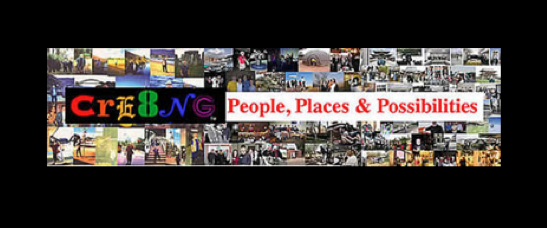 Transformative leadership
Transformative leadershipHere is a recent article in the Hickory Daily Record BUSINESS section on Sunday, January 25, 2009 by Danny Hearn
There are about six characteristics of a TRANSFORMATIVE LEADER that we would like to … understand and adopt…:
1. The ability to think systematically.
2. The ability to see connections among diverse and disparate factors and ideas
3. The ability to ask appropriate questions.
4. The ability to spot trends and weak signals
5. The ability to understand and utilize a diversity of parallel processes
6. The ability to buiild capacities for transformation in organizations and communities.
The difference between a TRADITIONAL LEADER and a TRANSFORMATIONAL LEADER is that…
TRADITIONAL LEADERS focus on short-term needs and tangible outcomes that usually can be measured in quantified terms.
A TRANSFORMATIVE LEADERS focus on building longer-term “capacities for transformation” to prepare organizations and communities for a society and economy in constant change.
Why is TRANSFORMATIVE LEADERSHIP so important at this time in our history?
We are living in an age of historical transformation, not just a pendulum swing between conservative and liberal thinking.
Unless we develop capacities in our people, organizations and communities to see the world differently and to utilize new concepts, methods and techniques, we will continue to try to improve ideas and methods that are increasingly out of date.
When a society begins to change at an expotential rate (as today), only those leaders who are able to think and act as a higher level of complexity will be able to help prepare institutions and communities for the future.
The success of our economy and society will be based upon how well we see new patterns and develop innovations never before conceived. Imagination will be a key to the idea of continuous innovation.
(Perhaps we now need to) create a new system of values, concepts, capacities, strategies, attitudes and behaviors that will need to be understood and used for community transformation.”
 Each of these 8 leaders continually worked at developing their strengths while surrounding themselves with others who had the strengths they were missing.
Each of these 8 leaders continually worked at developing their strengths while surrounding themselves with others who had the strengths they were missing.
